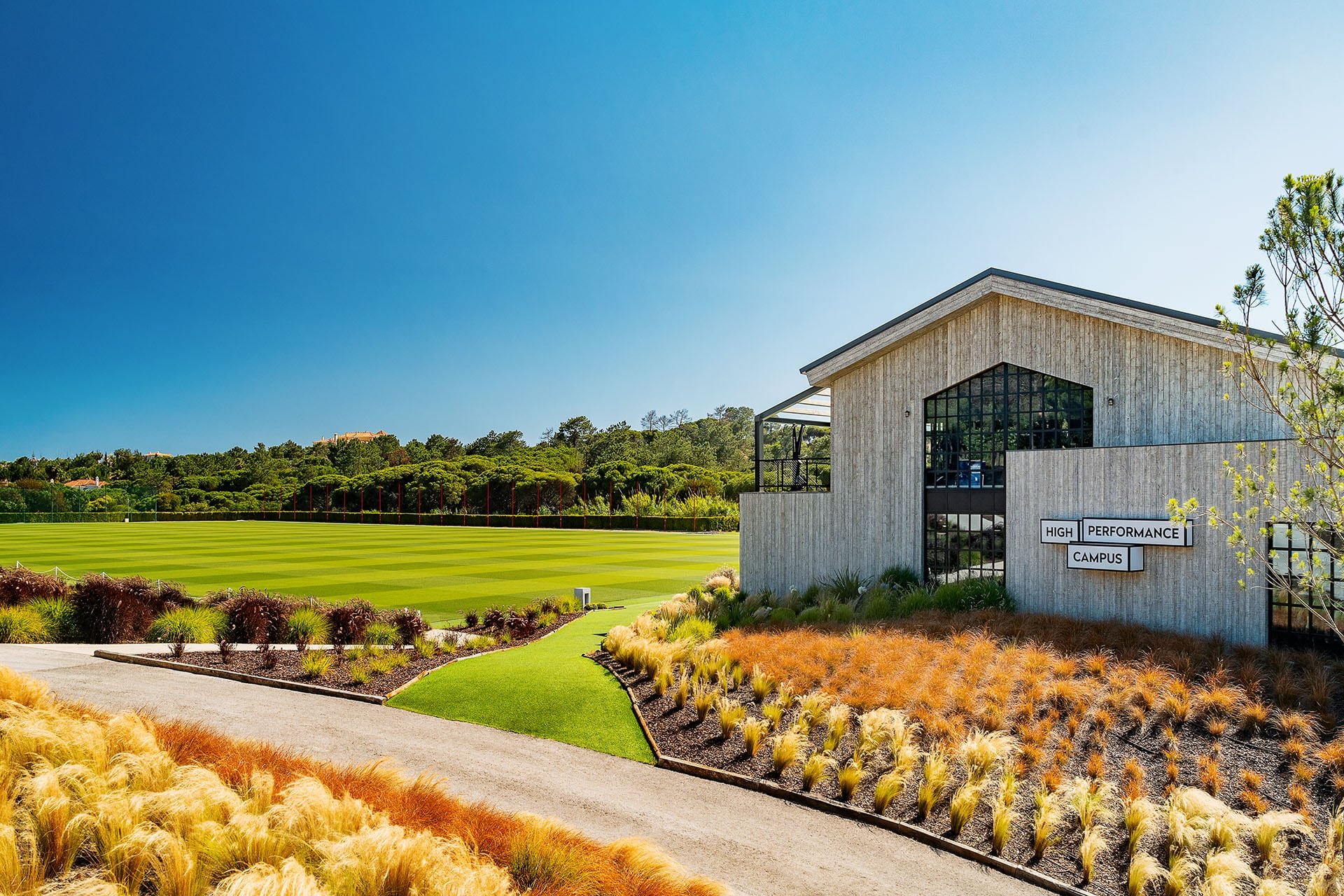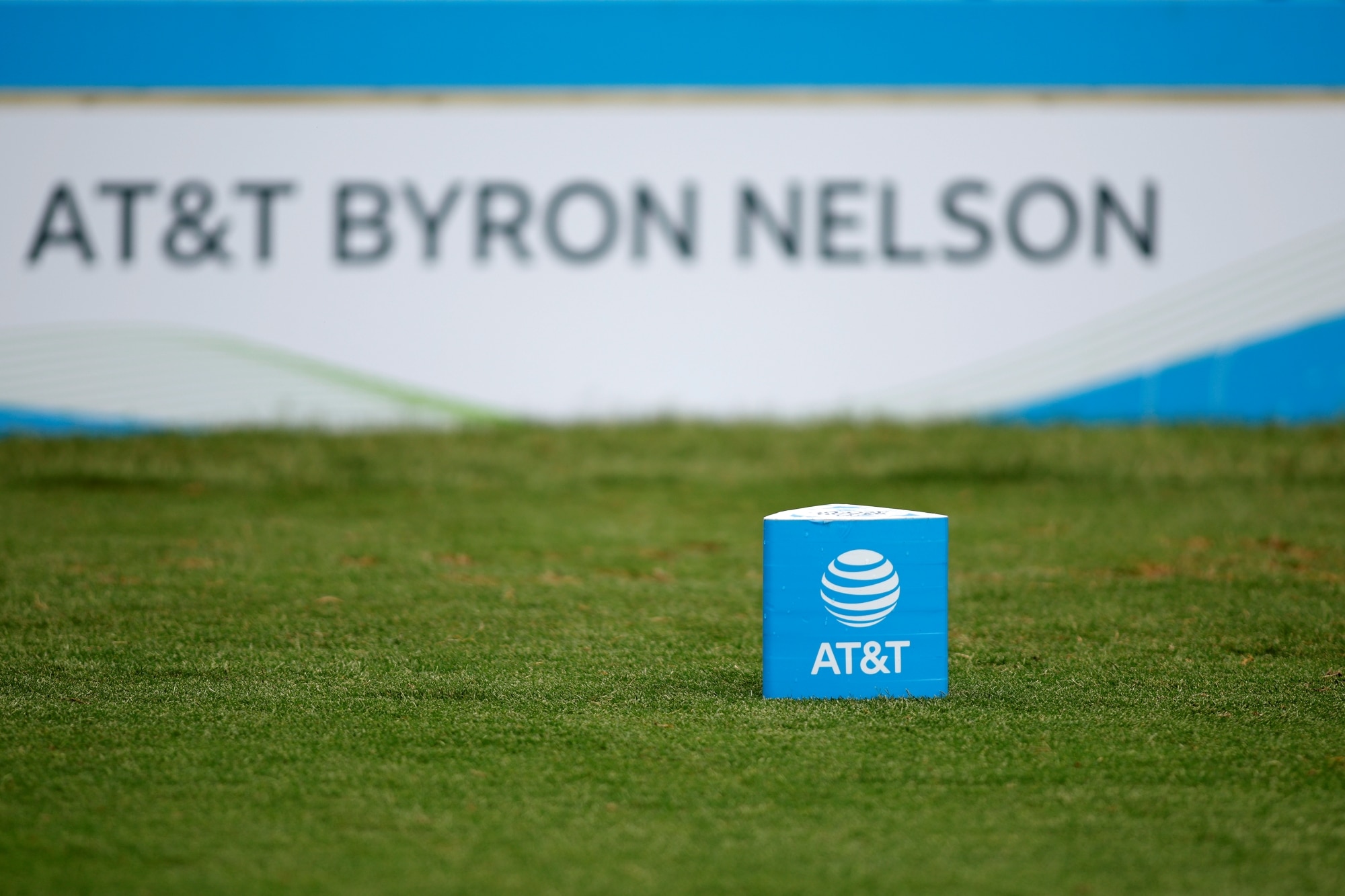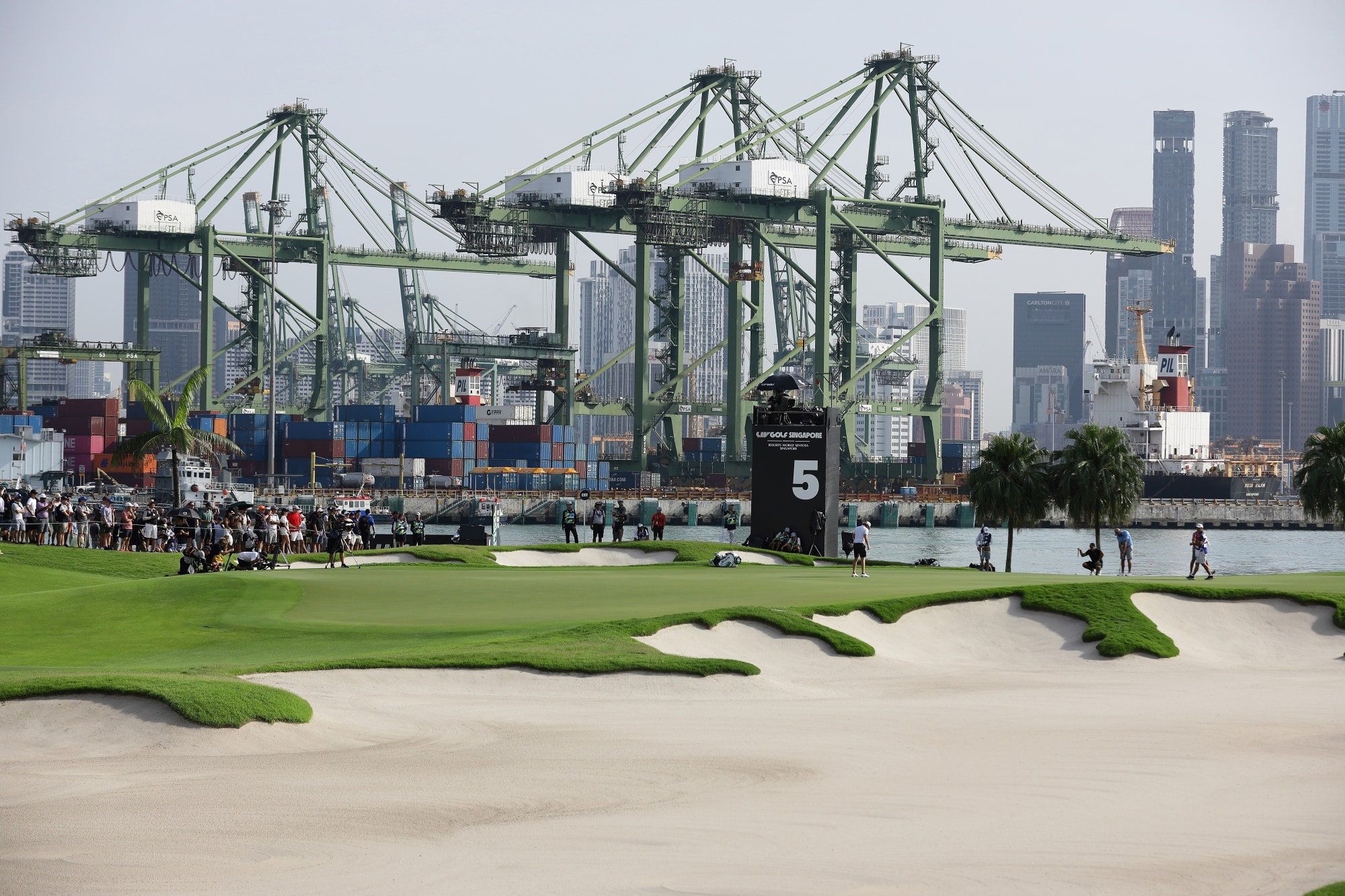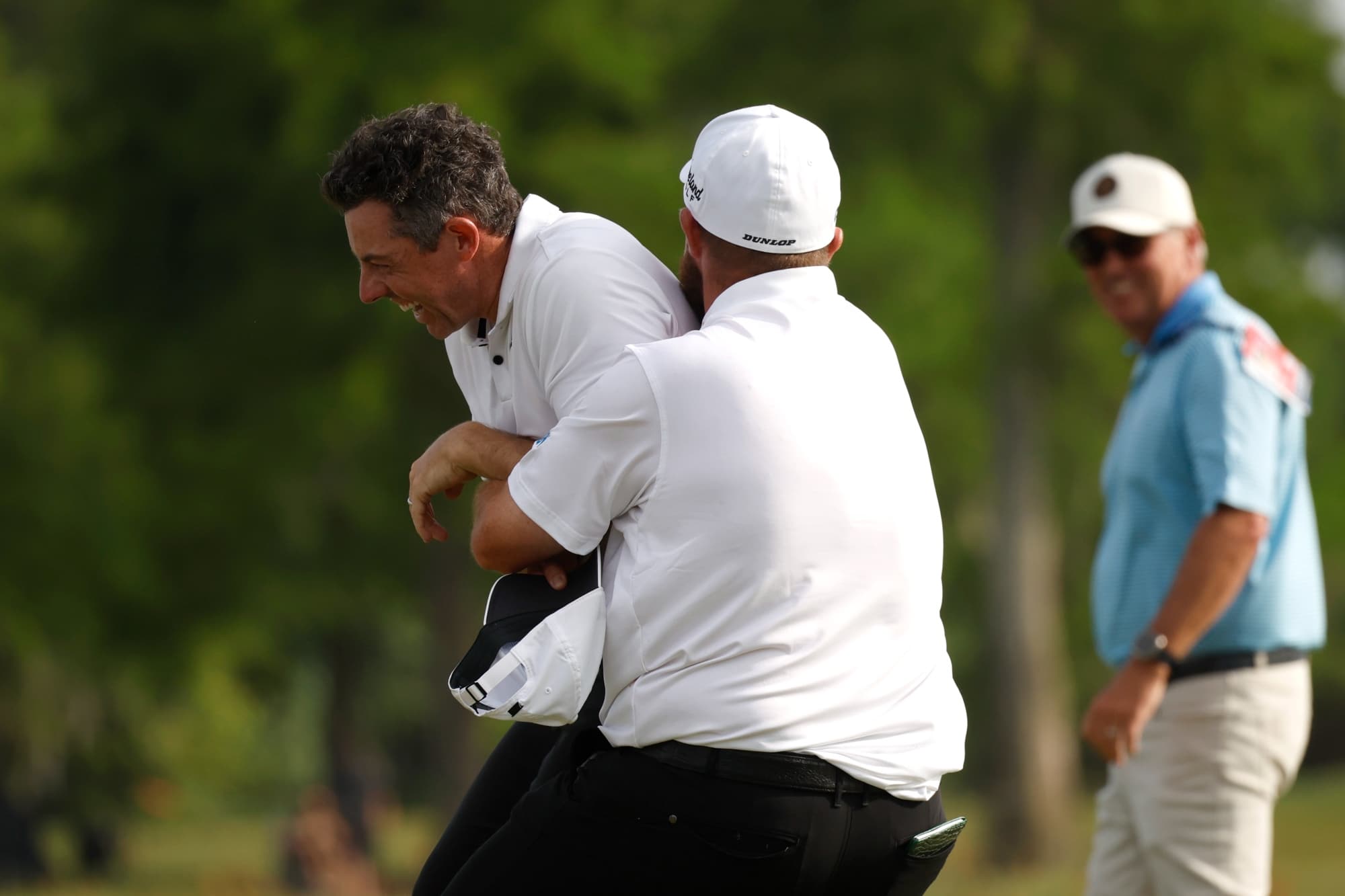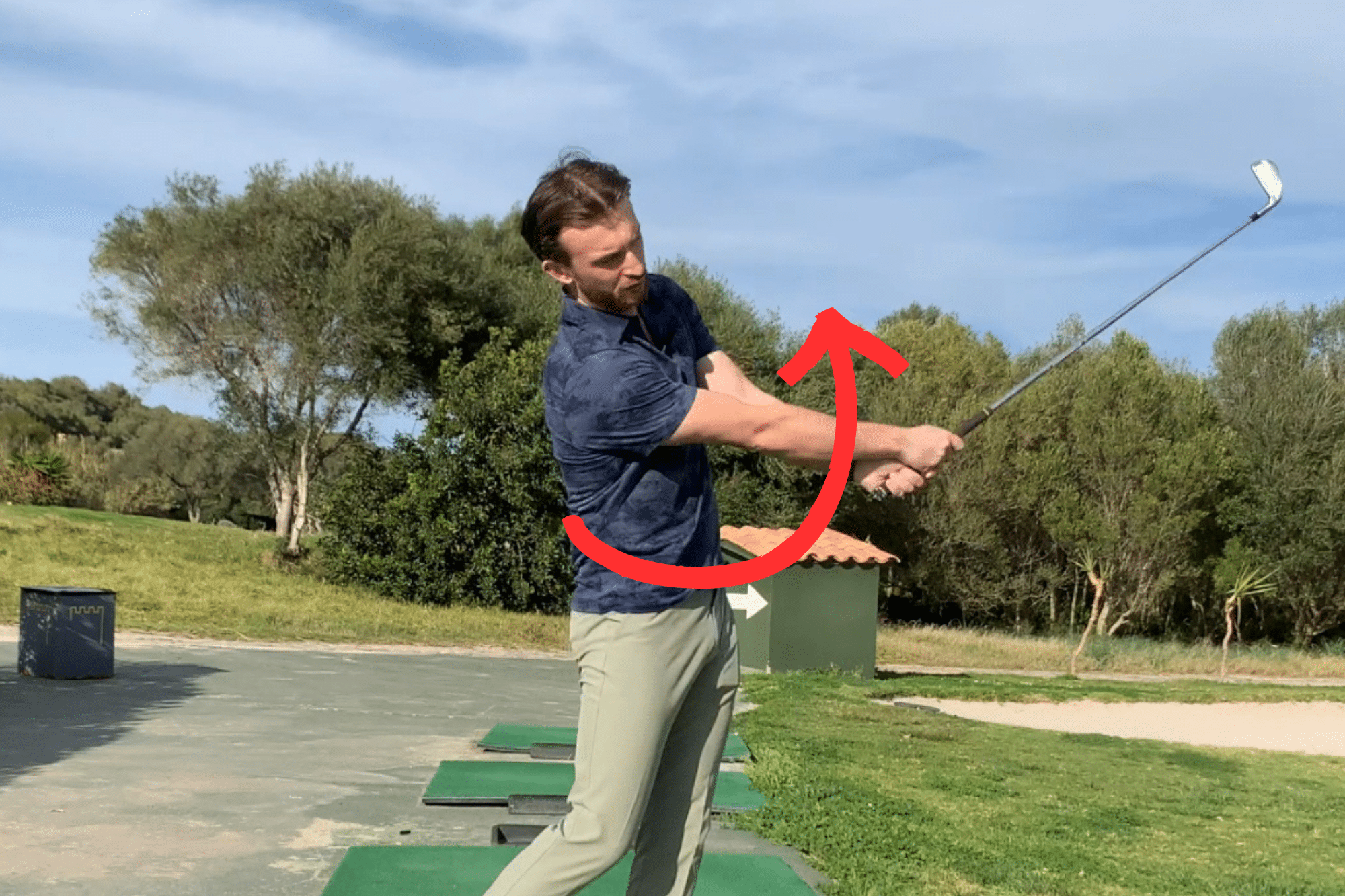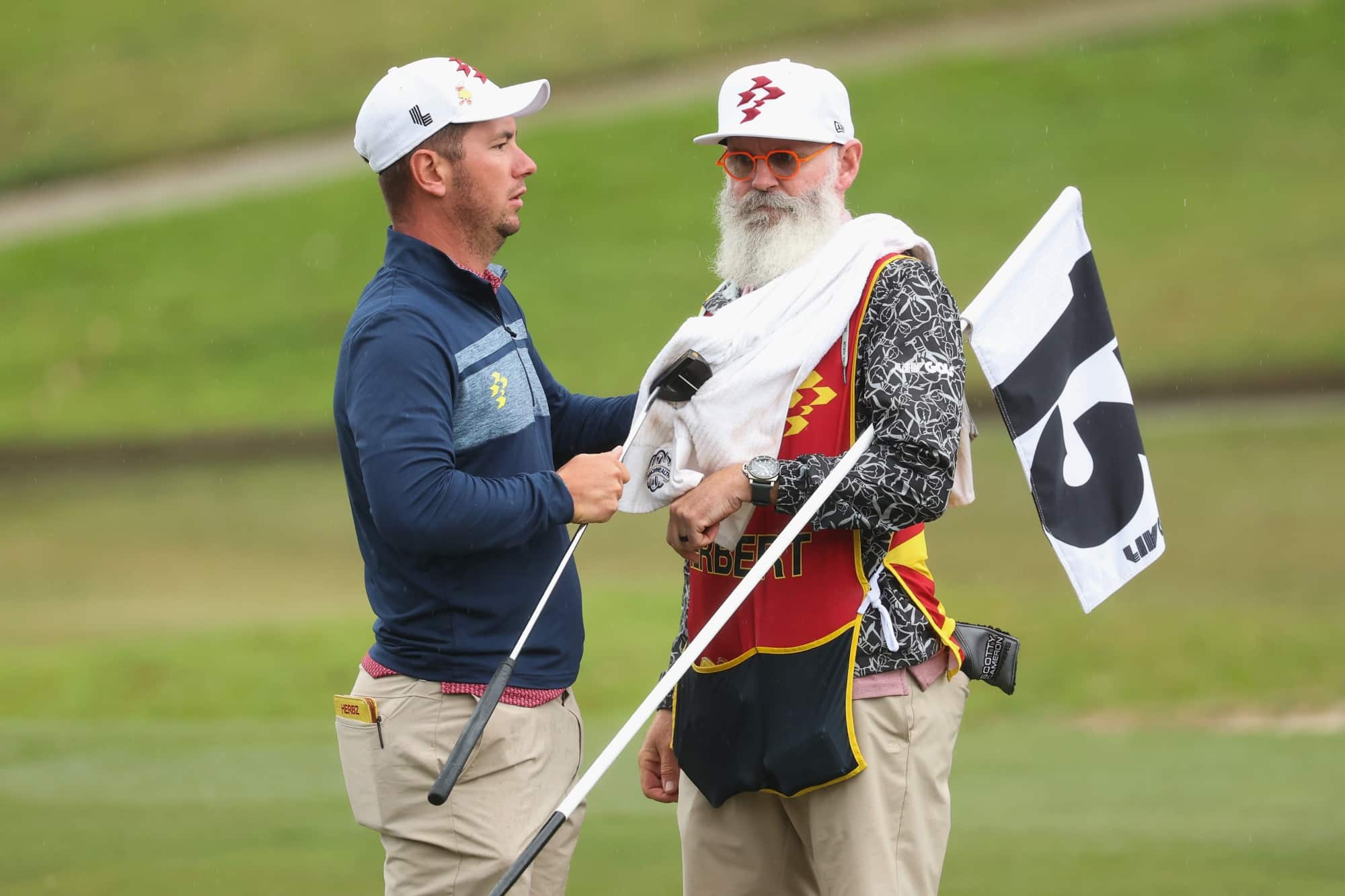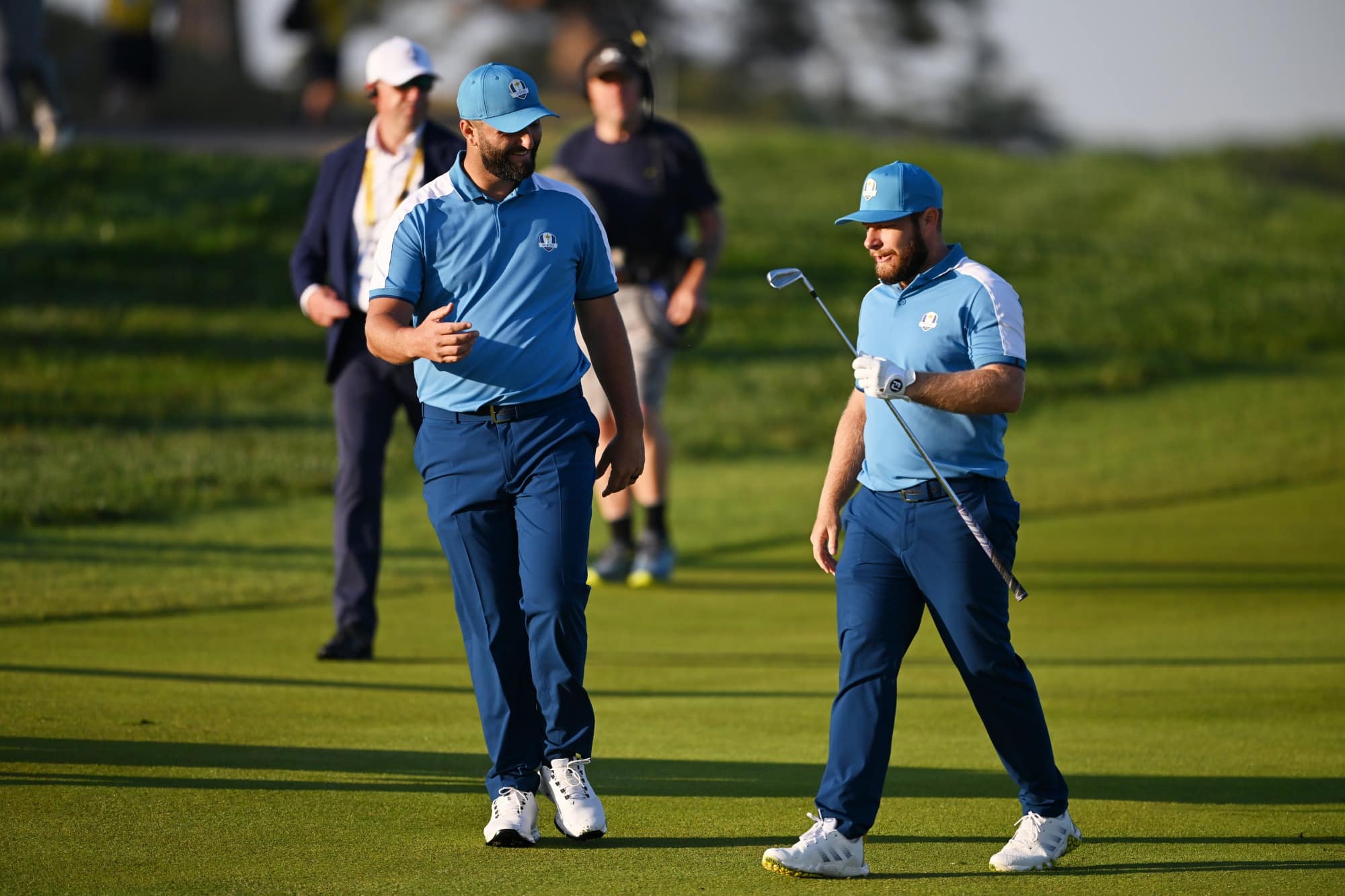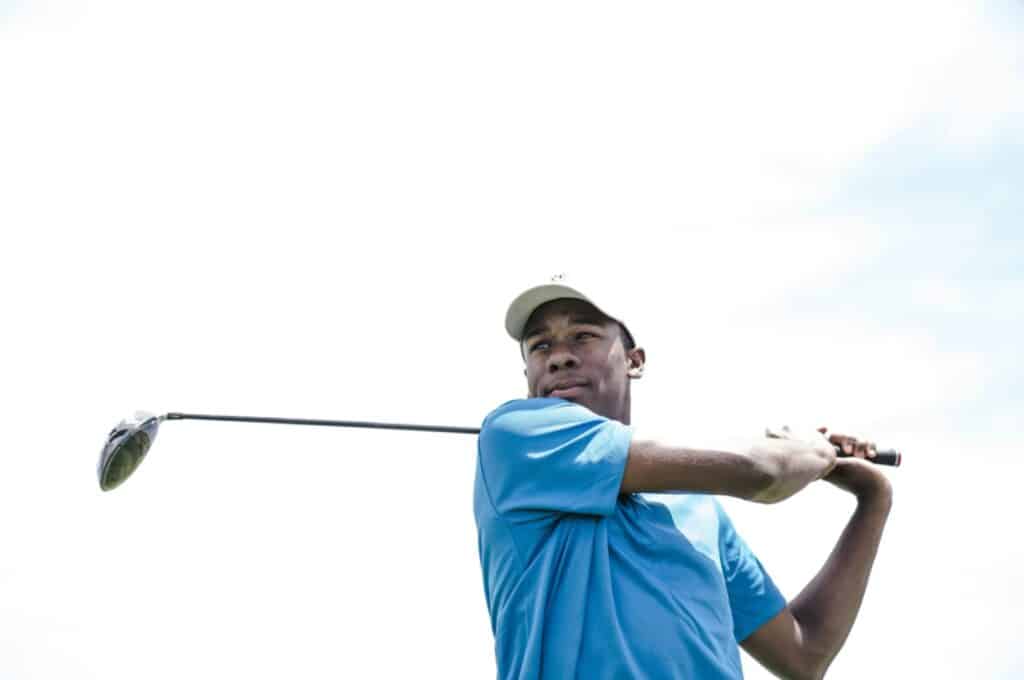
Can You Get Injured Playing Golf? Understanding Risks and Embracing Safety Measures
Golf is often seen as a leisurely sport, but like any physical activity, it carries a risk of injury. You might associate sports injuries with high-impact games like football or soccer, yet the repetitive motions in golf, such as the swing, can lead to unexpected strains and injuries. Commonly, golf injuries are the result of overuse, poor mechanics, or insufficient warm-up before playing.
To stay on top of your game and prevent injuries, it’s essential to consider both physical preparation and technique. Adopting prevention strategies can protect you from common golf-related injuries, including those affecting the lower back, elbows, and wrists.
When injuries do occur, prompt and appropriate treatment is critical for a safe return to the green. Simple practices like the RICE method—rest, ice, compression, and elevation—can be effective for minor injuries. Moreover, engaging in strength training exercises, particularly those that bolster your core and upper body, can aid in rehabilitation and help improve your swing mechanics to fend off future injuries.
Understanding Golf Injuries
Playing golf may seem leisurely, but it’s important to realize that it can lead to serious injuries. Focusing on prevention and treatment is key to enjoying the game sustainably.
Common Types and Causes
Golf injuries are often the result of repetitive stress on the body. Some injuries you might encounter include:
- Golfer’s elbow (medial epicondylitis): inflammation on the inside of the elbow due to overuse
- Tendinitis in the wrist or shoulder: usually arising from repetitive movements
- Back pain: often caused by a poor swing or carrying a heavy golf bag
- Knee and hip injuries: from the rotational force during a golf swing
- Ankle sprains: typically occur when walking on uneven terrain
These injuries occur from both acute incidents and repetitive stress.
The Role of Swing Mechanics
The golf swing is a complex motion that places significant demands on your body, particularly on your lower back, hips, and shoulders. A proper swing uses the entire body in a coordinated sequence, which helps minimize stress on any single part. Conversely, a poor swing technique can increase the risk of overuse injuries and place additional strain on muscles and joints, leading to conditions like golfer’s elbow or lower back pain.
Impact of Equipment and Terrain
Beyond technique, your equipment, such as high-quality golf clothes for men can make a difference in injury prevention by providing better support and flexibility. Additionally, the golf course itself can pose risks – walking on uneven terrain demands attention to foot placement to prevent ankle sprains and other injuries.
Remember, wearing the right gear can enhance your game and protect you from common golf ailments.
Injury Prevention Strategies
Incorporating specific strategies into your routine can significantly reduce your risk of golf injuries. Focus on preparing your body for the demands of the game through targeted warm-ups, strengthening exercises, and attention to technique.
Warm-Up and Stretching Routines
Start your golf day with a proper warm-up to prepare both mind and body. Engage in stretching exercises that enhance flexibility and range of motion, particularly in the rotator cuff and core areas. For example, arm swings and shoulder stretches improve upper body mobility, while dynamic leg stretches promote lower body flexibility.
- Upper Body: Rotate your arms to warm up the shoulders.
- Lower Body: Perform lunges to prepare the legs and hips.
Strength and Conditioning
Strengthening the right muscles is key to preventing golf injuries. Focus on strength training for your core muscles to support your lower back. Exercises like planks and bridges will enhance stability, while resistance training can improve rotator cuff integrity.
- Core Strengthening: Planks, side planks, bridges
- Rotator Cuff Exercises: Internal and external rotation exercises with resistance bands
Proper Technique and Posture
Maintain proper technique and posture throughout your golf swing to prevent muscle strains and other injuries. Keep your spine aligned, and engage your core to support your back. A professional assessment of your swing can highlight areas for improvement, ensuring that you maintain correct form and reduce injury risks.
- Spinal Alignment: Straight back with a natural tilt from the hips
- Core Engagement: Tighten abdominal muscles during the swing
Treatment and Rehabilitation
When you sustain a golf-related injury, prompt and proper care can promote healing and prevent further complications. Understanding the steps to take for treatment and rehabilitation can help you return to the game faster and with confidence.
Initial Injury Response
Immediately after a golf injury, adhere to the R.I.C.E method—Rest, Ice, Compression, and Elevation—to manage swelling and alleviate pain. For example, if you’ve developed medial epicondylitis, commonly known as golfer’s elbow, it’s crucial to rest the affected arm to reduce stress on the sore tendons.
Using ice packs can help decrease inflammation and ease discomfort. Compression with a bandage and keeping the injured area elevated can also improve blood flow and reduce swelling.
Rehabilitation Exercises
Incorporate specific exercises to strengthen the tendons and muscles around the injury, which can facilitate a faster recovery. For rotator cuff injuries or elbow injuries, focus on rehabilitation exercises that target the upper body to restore mobility and enhance support of the joints.
Begin with dynamic stretches to warm up the muscles before progressing to static stretching and strengthening exercises. Always ensure you perform the exercises with the correct form to avoid further harm.
Professional Medical Intervention
Consult with a healthcare provider if pain persists or if the injury interferes with daily activities. You may require anti-inflammatory medications or physical therapy. In cases such as carpal tunnel syndrome, a more specialized approach may be necessary.
It is also advisable to consider your healthcare options, including finding insurance providers in the US, to support any treatments or interventions that might be needed. Shoulder injuries, particularly those involving the rotator cuff, might benefit from professional evaluation and a customized rehabilitation plan to ensure complete recovery.
Enhancing Performance and Longevity
To enjoy the game of golf for many years, focusing on your physical fitness, mental acuity, and lifestyle choices is crucial. These areas directly impact your ability to play effectively without injury and can help extend your golfing life.
Physical Fitness and Golf Longevity
Your physical condition has a significant bearing on your golf longevity. Engaging in regular stretching exercises can improve flexibility and reduce the risk of strains.
Incorporating bodyweight exercises and yoga can enhance your functional strength and endurance, enabling you to execute a full range of golf swings without fatigue. Correct golf biomechanics are critical—thus, spending time at the driving range can help you refine your techniques to prevent undue stress on your body.
Mental and Psychological Aspects
Mental fortitude is as important as physical prowess in golf. Techniques from psychology, such as visualization and focused breathing, aid in maintaining concentration and composure on the course. This mental resilience translates to better performance and may reduce the frustration that can lead to overexertion and injury.
Lifestyle and Dietary Considerations
Lastly, your lifestyle choices have a direct correlation with your performance and safety in golf. Wearing the right golf shoes provides stability and reduces the likelihood of slips, while regular application of sunscreen protects your skin during long hours outdoors.
Additionally, a diet rich in anti-inflammatory foods can help manage conditions like arthritis which could otherwise hinder your game. Remember, maintaining hydration is key to preventing sore muscles and supporting overall endurance.
Adapting to Aging and Physical Limitations
As you age or face physical limitations, your approach to golf may require adjustments for a safe and enjoyable experience. This includes tweaking your golf swing, selecting the right equipment, and understanding how to play with existing conditions.
Adjusting the Golf Swing with Age
Your range of motion and muscle strength can change with age, which means altering your golf swing to prevent injuries like rotator cuff damage or tendon strain.
Focus on maintaining a smooth, controlled swing that minimizes stress on the body. You might also consider strengthening exercises for your lead shoulder to avoid labral tears and muscle strain. You must monitor your form to reduce risks such as tennis elbow, a common injury from repetitive use.
Assistive Golf Equipment
Utilize assistive golf equipment designed to support your body and reduce injury risk. Consider using lighter clubs to decrease the load on your lower back which can lead to lower back pain.
Golf carts can help with walking across the course, minimizing knee injury potential. Wear a hat and use sunscreen to protect yourself from sunburn. Gloves that enhance grip can alleviate stress on the extensor tendons in your hands, helping to reduce strain.
Playing Golf with Existing Conditions
When playing golf with existing physical conditions, particularly as an amateur golfer, it’s essential to engage in proper conditioning before hitting the course. Tailor your play style to what is comfortable, avoiding movements that might exacerbate your condition.
Consultation with a physical therapist could provide personalized recommendations and exercises to safely manage your participation in the game. Remember, adapting play is key – it prevents making an existing condition worse and promotes your long-term enjoyment of golf.
Conclusion
Golf may seem like a leisurely sport, but injuries are still a real possibility. Your awareness and proactive measures can play a significant role in keeping you on the course and out of the treatment room.
Preventative Steps:
- Warm-up and stretch: Vital for preparing your muscles.
- Strength and conditioning: Enhance your core stability and overall muscle balance.
- Proper technique: Seek guidance from a professional for swing mechanics.
If you do get injured, early recognition and appropriate actions are crucial. Initial treatment generally follows the RICE protocol, whereas, for persistent issues, consult a healthcare provider. They may recommend physical therapy or other interventions depending on the injury. Utilizing specialized golf equipment can also aid in prevention and recovery.
Remember to listen to your body’s signals. Address minor aches before they exacerbate into more serious conditions. By integrating these strategies, you can enjoy the game with a reduced risk of injury.


